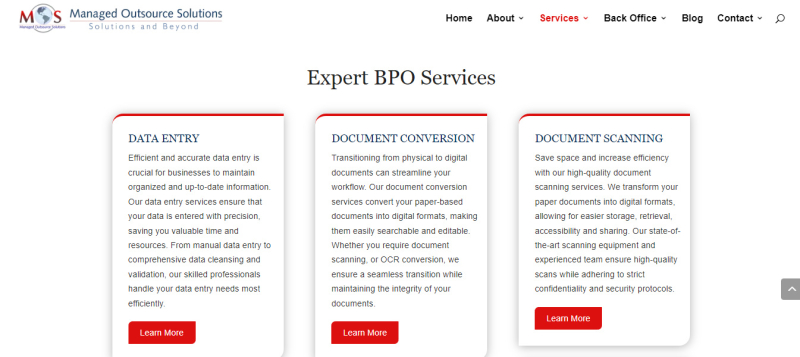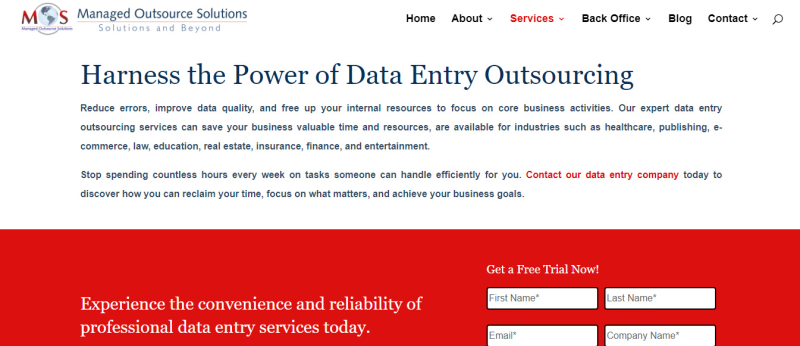Pillar pages and cluster pages are two important components of a content strategy known as “pillar-cluster model” or “topic cluster model.” This model is designed to enhance a website’s search engine optimization (SEO) and overall content organization. Supported by effective site architecture and adherence to SEO best practices, the synergy between pillar pages and cluster pages plays a pivotal role when it comesto increasing your website traffic and bolstering user engagement. Several key performance metrics can be used to gauge the effectiveness of pillar pages. These include total page visits, page visits categorized by source, time spent on page, bounce rate, and conversion rates.
An experienced digital marketing services company can assist businesses in designing and optimizing these cluster and pillar pages to reach their target audience.
About Pillar Pages and Cluster Pages
A pillar page is a website page that provides a comprehensive overview on a topic. It acts as a foundational guide to the main subject and serves as a hub for related cluster pages. Pillar pages extend beyond the length of regular blog posts due to their comprehensive coverage of the target topic, although they don’t delve as deeply. This is where cluster content comes into play. While constructing a pillar page to address inquiries about a specific subject, you allow space for more intricate exploration within connected cluster content. Frequently, a pillar page is interlinked with distinct segments of cluster content.
Creating pillar pages offers an excellent opportunity to establish expertise in a specific subject and enhance organic website traffic. Additionally, they serve as valuable resources for educating users and delivering thorough insights into particular topics.
The different types of pillar pages are –
- Resource pages
- Product or service pages
- Definition or explainer pages
- How-to or tutorials
- Comparative pages
- Statistics or data-driven pages
- Industry trends
- Case studies
- Glossaries
Cluster pages are interconnected with the pillar page and other cluster pages through internal links. They aim to provide comprehensive information about a specific aspect of the broader topic and target long-tail keywords. The primary purpose of cluster pages is to provide detailed information on specific aspects of a topic, targeting long-tail keywords and addressing various user search intents. By creating a network of interconnected content, you signal to search engines that your website offers comprehensive coverage of the topic, which can lead to improved rankings.
Pillar pages vs. Cluster pages
Here are the key differences between pillar pages and cluster pages:
Although both pages hold significance in digital marketing, their purposes diverge, necessitating distinct approaches for their utilization.
Pillar Pages
- Comprehensive content: These pages are high-quality, comprehensive pieces of content that serve as the main hub for a broad topic. They cover the main aspects of a topic in-depth and provide a broad overview.
- Broad topics: Pillar pages focus on broad topics that are central to your business or industry. They cover the overarching subject and its key subtopics.
- Internal and external linking: Core content pages act as a central point that links to related cluster pages and other relevant resources both within and outside of your website.
- SEO focus: Such pages are optimized for specific keywords related to the broad topic. They aim to rank well for these keywords and attract organic traffic.
- Limited detail: While these pages provide comprehensive information, they may not dive deeply into specific subtopics. Instead, they provide an overview and link to more detailed cluster pages.
Cluster Pages
- Specific subtopics: Cluster pages are individual pieces of content that dive deep into specific subtopics related to the broad topic covered by the pillar page.
- Supporting content: Interlinked subpages support the pillar page by providing detailed information about specific aspects of the broader topic. They are linked to the pillar page and interlinked with other cluster pages.
- Keyword variations: These pages target long-tail keywords or variations of the main keyword, addressing more specific queries that users might have.
- Interlinking: Such pages link back to the main pillar page as well as to other relevant cluster pages, creating a network of related content.
- Depth of information: Cluster pages provide in-depth information about the specific subtopic, addressing user queries comprehensively.
The interlinking of these pages creates a cohesive content structure that benefits both user experience and SEO.
SEO Benefits
Pillar pages and topic cluster pages offer significant SEO benefits by creating a well-structured and interconnected content framework. A pillar page serves as a comprehensive guide to a broad topic, allowing it to rank higher in search engine results for competitive keywords. Its strategic interlinking with related cluster pages establishes a cohesive content ecosystem that search engines recognize as comprehensive and valuable, further boosting organic visibility.
Cluster pages, with their focused exploration of specific subtopics, target long-tail keywords and enhance the depth of the content, catering to diverse search queries. This approach not only captures a broader range of search intent but also signals to search engines that the website provides authoritative and relevant information. Together, both these pages synergize to improve organic rankings, increase website authority, and create a user-friendly experience that aligns with modern SEO best practices.
How to Create Effective Topic Clusters and Pillar Pages
Tips for Creating Effective Cluster Pages
- Precise subtopic selection: Research and choose subtopics that are relevant, valuable, and align with user intent. Each cluster page should answer a specific question or address a particular aspect of the broader topic.
- Keyword optimization: Tailor your content around long-tail keywords related to the subtopic. Optimize meta titles, descriptions, and headings while ensuring natural integration of keywords in the content.
- Thorough content development: Provide detailed information, insights, and examples related to the subtopic. Address common queries and ensure that the content is valuable enough to engage and inform readers.
- Internal linking strategy: Strategically link your cluster pages to the corresponding pillar page and other relevant cluster pages. This interlinking enhances navigation and signals to search engines about the content’s interconnectedness.
Strategies for Creating Engaging Pillar Pages
- Topic research: Dive deep into your chosen pillar topic. Collect information, data, and statistics from reputable sources to create a comprehensive resource.
- Structural cohesion: Organize your pillar page with clear subheadings that align with the subtopics covered in your cluster pages. This creates a logical flow and enhances readability.
- Visual elements: Incorporate visual elements like images, infographics, videos, and graphs to break up the text and make the content more visually appealing and engaging.
- Compelling introduction: Begin with an attention-grabbing introduction that outlines the importance of the topic and provides a glimpse of what readers can expect.
Achieving Synergy between Cluster Pages and Pillar Pages
- Consistent voice and style: Maintain a consistent tone, voice, and writing style across your cluster pages and pillar pages to create a seamless reader experience.
- Regular updates: Periodically revisit your pages to ensure the information remains accurate and relevant. This also signals to search engines that your content is up-to-date.
By following these tips, you can create a cohesive content ecosystem that not only appeals to your audience but also aligns with search engine algorithms. Remember, the key lies in delivering valuable, informative content that resonates with your readers and establishes your brand as a trusted source in your industry. Brands can rely on professional content writing services that help them appear in relevant search results.






